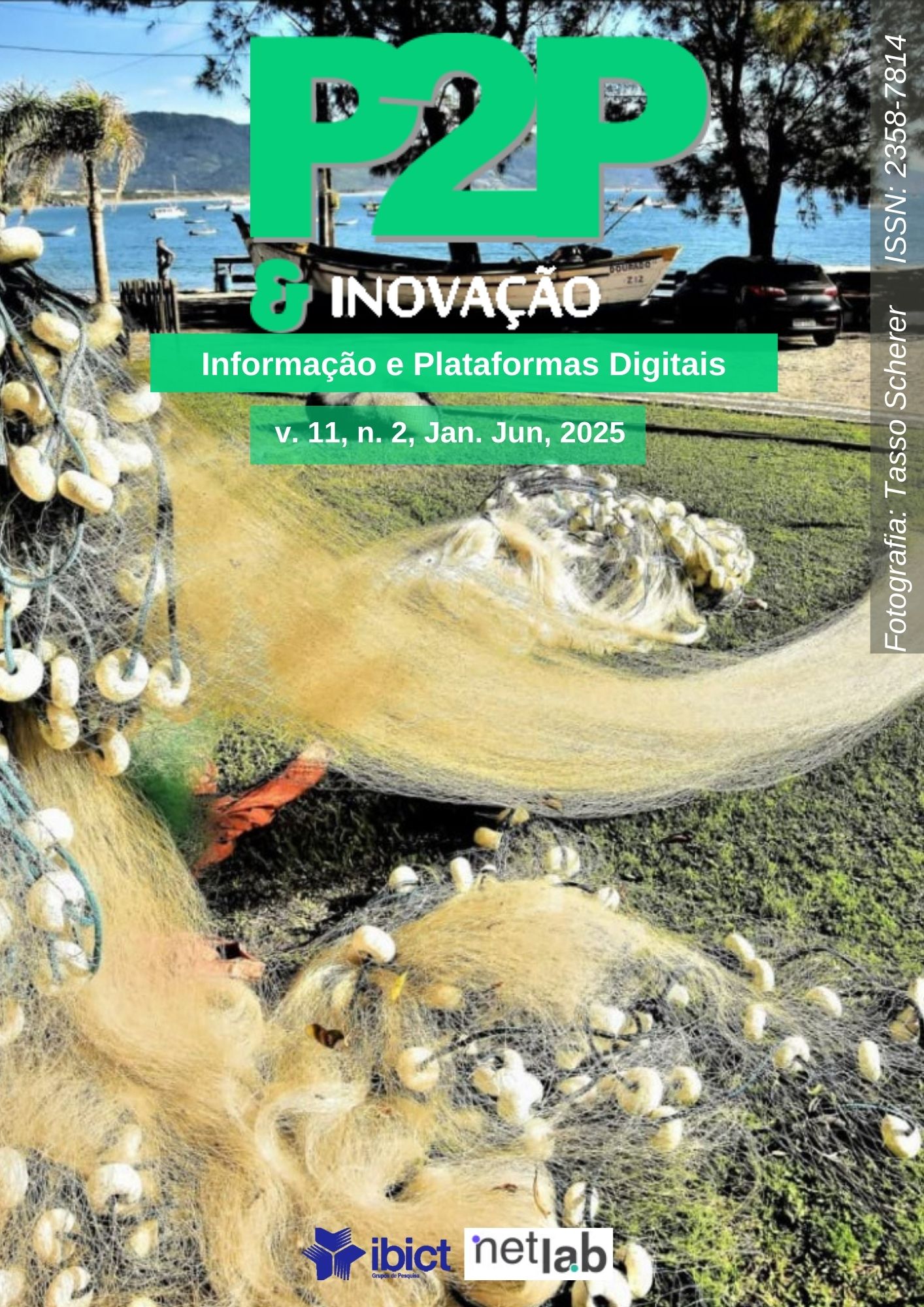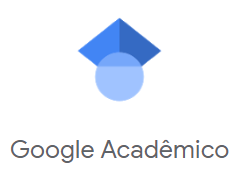UNLOCKING THE BRAZILIAN POTENTIAL OF FOOD TECHNOLOGIES TO ATTAIN SDG 2 – ZERO HUNGER
DOI:
https://doi.org/10.21728/p2p.2025v11n2e-7231Keywords:
Food, Hunger, Patent assessment, Technological readiness levels, Firms’ technological oportunities, SDG2Abstract
Brazil is working towards achieving United Nations Sustainable Development Goal 2 (SDG 2) of Zero Hunger, but reapeared on the world hunger map in 2019-20. This study seeks to identify the technologies existing in Brazil to address food security challenges effectively. A total of 5,084 patents from 45 food technological fields were analyzed in the Worldwide Espacenet database, using the International Patent Classification (IPC), spanning from 2000 to 2019. The key technologies comprise cocoa products, flour/dough, animal food, dairy products, preserved/ripened/canned products, nutritional modification/dietary products, microorganisms/enzymes for food, coffee/tea, sucrose production, new plants, and seafood. Academic patents encompass high-nutritional-value biodiversity products, indicating potential future specialties. Conversely, non-academic technologies mainly revolve around traditional colonial products exported as low-priced commodities.
Downloads
References
ALABI, M.O. NGWENYAMA, O. (2023). Food security and disruptions of the global food suply chains during COVID-19: building smarter food suply chains for post COVID-19 era. British Food Journal, Vol. 125 No. 1, p. 167-185. https://doi.org/10.1108/BFJ-03-2021-0333
BACELAR, A.C.B., JESUS, J.A.B,, R.M.S. SAMPAIO, ALMEIDA, M.R.S. SANTOS, W.P.C. (2021). Intellectual property time line & innovation: identification of legal marks, INGI, Vol. 5, No. 1, p. 104865.
BR - Brazil Innovation Law. (2004). Law Nº 10.973/2004. Available at: http://www.planalto.gov.br/ccivil_03/_ato2004-2006/2004/lei/l10.973.htm, (accessed march 12, 2022).
CABRAL, J. TRAILL, W. B. (2008). Determinants of a firm’s likelihood to innovate and intensity of innovation in the Brazilian food Industry. Chain and Network Science, Vol. 1, No. 1, p. 33-48. https://doi.org/10.3920/JCNS2001.x004.
CABRAL, J. E. O. (1998). Survey on technologic innovative behavior in the Brazilian food Industry, Scientometrics, Vol. 42, No. 2, p. 129-169. https://doi.org/10.1007/BF02458353.
CAPELLESSO, G., RAIMUNDO, C. M. THOMÉ, K. M. (2020). Measuring the intensity of innovation in the Brazilian food sector: a DEA-Malmquist aproach, Innov. Manag. Rev., Vol. 17, No. 4, p. 395-412. https://doi.org/10.1108/INMR-07-2019-0095.
CLASADONTE, L., de VRIES, E., TRIENEKENS, J., ARBELETCHE, P. TOURRAND, J. (2013). Network companies: a new phenomenon in South American farming, British Food Journal, Vol. 115 No. 6, p. 850-863. https://doi.org/10.1108/BFJ-Dec-2009-0257.
COSTA, E. O., CABRAL, J. E. O., FORTE, S. H. A. C. COSTA, M. P. B. (2016). Patterns of technologic innovation: a comparative analysis between low-tech and high-tech industries in Brazil. Int. J. Innov., Vol. 4, No. 2, p. 97-111. https://doi.org/10.5585/iji.v4i2.101.
El BILALI, H., STRASSNER, C. BEN HASSEN, T. (2021). Sustainable Agri-Food Systems: Environment, Economy, Society, and Policy. Sustainability, Vol. 13, p. 6260. https://doi.org/10.3390/su13116260.
e-MEC - National Register of Higher Education Courses and Institutions. (2017). Ministry of Education. Brazil. Available at: https://emec.mec.gov.br/ (accessed August, 2022).
EPO - Worldwide database. (2022). European Patent Office. Available at: https://worldwide.espacenet.com, (accessed May 16, 2022).
FAMPAT - The Fampat Collection. (2023). Questel Orbit. Available at: https://static.orbit.com/orbit/help/1.9.8/en/index.html#!Documents/thefampatcollection.htm (accessed Sep 10, 2023).
FAO - Food Insecurity and COVID-19 in Brazil. (2021b). National Survey of Food Insecurity in the Context of the Covid-19 Pandemic in Brazil. VIDISAN. Available at: https://olheparaafome.com.br/VIGISAN_AF_National_Survey_of_Food_Insecurity.pdf (accessed April 4th, 2023).
FAO - The world is at a critical juncture. (2021c). The State of Food Security and Nutrition in the World 2021. FAO. Available at: https://www.fao.org/state-of-food-security-nutrition/2021/en (accessed April 4th, 20230).
FAO - Transforming food systems for food security, improved nutrition and affordable healthy diets for all. (2021a). The State of Food Security and Nutrition in the World 2021. FAO. UM. Available at: https://doi.org/10.4060/cb4474en (accessed April 4th, 2023).
FINK, C., MÉNIÈRE, Y., TOOLE, A. A. VEUGELERS, R. (2022). Resilience and Ingenuity: Global Innovation Responses to Covid-19. CEPR PRESS. London, UK; Paris, France. Available at: https://cepr.org/system/files/publication-files/167264-resilience_and_ingenuity_global_innovation_responses_to_covid_19.pdf, 2022 (accessed April 1st, 2023).
FORTEC - National Forum Association of Innovation and Technology Transfer Managers – FORTEC. (2022). Available at: https://fortec.org.br/747-2, 2022 (accessed march 12, 2022).
GII – Global Innovation Index 2023: Innovation in the face of uncertainty. (2023). World Intellectual Property Organization (WIPO). Geneva. https://doi.org/10.34667/tind.48220.
GRIMSBY, S. GULBRANDSEN, M. (2022). European novel food, patents and brokers of knowledge. British Food Journal, Vol. 124 No. 6, p. 1959-1974. https://doi.org/10.1108/BFJ-01-2021-0078.
HILACHUK, D. C. C., SILVA, A. J. A. PAULA D. PATENTING (2021). Activity on Functional Foods: A Brazilian Scenario. J. Technol. Manag. Innov., v.16, n. 2, p. 71-81. https://doi.org/10.4067/S0718-27242021000200070.
LUO, J., LIANG, Y. BAI, Y. (2022). Maping the intellectual structure of short food suply chains research: a bibliometric analysis. British Food Journal, Vol. 124 No. 9, p. 2833-2856. https://doi.org/10.1108/BFJ-05-2021-0465.
MATRICANO, D., CANDELO, E. SORRENTINO, M. (2022). Start-ups' innovation processes and performance in the food industry: a stochastic frontier analysis. British Food Journal, Vol. 124 No. 3, p. 936-950. https://doi.org/10.1108/BFJ-10-2020-0944.
MATZEMBACHER, D.E. MEIRA, F.B. (2019). Sustainability as business strategy in community suported agriculture: Social, environmental and economic benefits for producers and consumers. British Food Journal, Vol. 121 No. 2, p. 616-632. https://doi.org/10.1108/BFJ-03-2018-0207.
MCTI - Foreign Trade Statistics - COMEXSTAT. (2021). Ministry of Ind. and Commerce of Brazil. Available at: http://comexstat.mdic.gov.br/en/comex-vis (accessed March 29, 2022).
MESQUITA, P. S. BURSZTYN, M. (2016). Integration of social protection and climate change adaptation in Brazil. British Food Journal, Vol. 118 No. 12, p. 3030-3043. https://doi.org/10.1108/BFJ-02-2016-0082.
MUSA, S.F.P.D. BASIR, K.H. (2021). Smart farming: towards a sustainable agri-food system. British Food Journal. Vol. 123 No. 9, p. 3085-3099. https://doi.org/10.1108/BFJ-03-2021-0325.
NESTA, L. PATEL, P. (2004). National Patterns of Technology Accumulation: Use of Patent Statistics, H. F. Moed, W. Glänzel, U. Schmoch (Eds), Handbook of Quantitative Science and Technology Research. Springer. Dordrecht, p. 531-552. https://doi.org/10.1007/1-4020-2755-9_25.
OECD - Handbook on Constructing Composite Indicators: Methodology and User Guide. (2008). JRC European Commission. OECD. Available at: https://www.oecd.org/sdd/42495745.pdf (accessed March 30, 2023).
OLIVEIRA, J. E. (1998). Survey on technologic innovative behavior in the Brazilian food industry, Scientometrics. Vol. 42, No. 2, p. 129-169. https://doi.org/10.1007/BF02458353.
PIRES, E. A. QUINTELLA, C. M. (2020a). The Operation of Foundations to Suport Research in the Implantation and Consolidation of Technology Transfer Offices in Brazil. Rev. Gest. Inov. Tecn.. Vol. 10, No. 2, p.5383-5389. https://www.researchgate.net/publication/340842869_The_Operation_of_Foundations_to_Suport_Research_in_the_Implantation_and_Consolidation_of_Technology_Transfer_Offices_in_Brazil, (accessed April 4th, 2023).
PIRES, E. A., ANDRADE, R. QUINTELLA, C. M. (2017). How do the research and innovation promotion organizations have suported the creation and consolidation of the technology transfer offices? An analysis of federal calls notices to suport the transfer of technology and intellectual property in Brazil. Cad. Prospecção, Vol. 10, No. 3, p. 462-478. https://doi.org/10.9771/cp.v10i3.23221.
PIRES, E. A., RIBEIRO, N. M. QUINTELLA C. M. (2020a). Patent Search Systems: Comparative Analysis Between Espacenet, Patentscope, Google Patents, Lens, Derwent Innovation Index and Orbit Intelligence. Cad. Prospecção, Vol. 13, No. 1, p. 13-29. https://periodicos.ufba.br/index.php/nit/article/view/35147/20781 (accessed April 4th, 2023)
SCHMOCH, U. IPC Technology Concordance Table. (2008). World intellectual Property Organization. Available at: https://www.wipo.int/meetings/en/doc_details.jsp?doc_id=117672 (accessed April 28, 2022).
SDO - Transforming Our World: The 2030 Agenda for Sustainable Development. (2015). United Nations. Available at: https://sdgs.un.org/publications/transforming-our-world-2030-agenda-sustainable-development-17981# (accessed April 26, 2022).
SOARES, T. J., TORKOMIAN, A. L. V. NAGANO, M. S. (2020). University regulations, regional development and technology transfer: The case of Brazil, Technol. Forecasting Soc. Change, Vol. 158, p. 12012. https://doi.org/10.1016/j.techfore.2020.120129.
VAN ZEEBROECK, N., VAN POTTELSBERGHE, P. B. HAN, W. (2006). Issues in measuring the degree of technological specialisation with patent data, Scientometrics, Vol. 66, p. 481-492. https://doi.org/10.1007/s11192-006-0035-y.
WB - High-Technology Exports. (2023). The Word Bank, available at: https://data.worldbank.org/indicator/TX.VAL.TECH.MF.ZS?end=2019&locations=BR&start=2012 (accessed September 7th, 2023).
WIPO (2021). World Intellectual Property Indicators 2021Geneva: World Intellectual Property Organization, available at: https://www.wipo.int/edocs/pubdocs/en/wipo_pub_941_2021.pdf, 2021 (accessed April 26, 2022).
ZHU, J., KANG, S., ZHAO, W., Li, Q., XIE, X. HU, X. (2020). A Bibliometric Analysis of Food–Energy–Water Nexus: Progress and Prospects. Land, Vol. 9, p. 504. https://doi.org/10.3390/land9120504.
Published
Issue
Section
License
Copyright (c) 2025 Wagna Piler Carvalho dos Santos, Cristina M. Quintella, Edilson Araújo Pires

This work is licensed under a Creative Commons Attribution-NonCommercial-ShareAlike 4.0 International License.
The journal is published under the Creative Commons - Attribution - Noncommercial - Share Alike 3.0 Brazil.
The published work is considered collaboration and therefore the author will not receive any remuneration for this as well as anything will be charged in exchange for publication.
All texts are responsibility of the authors.
It’s allowed partial or total reproduction of the texts of the magazine since the source is cited.















